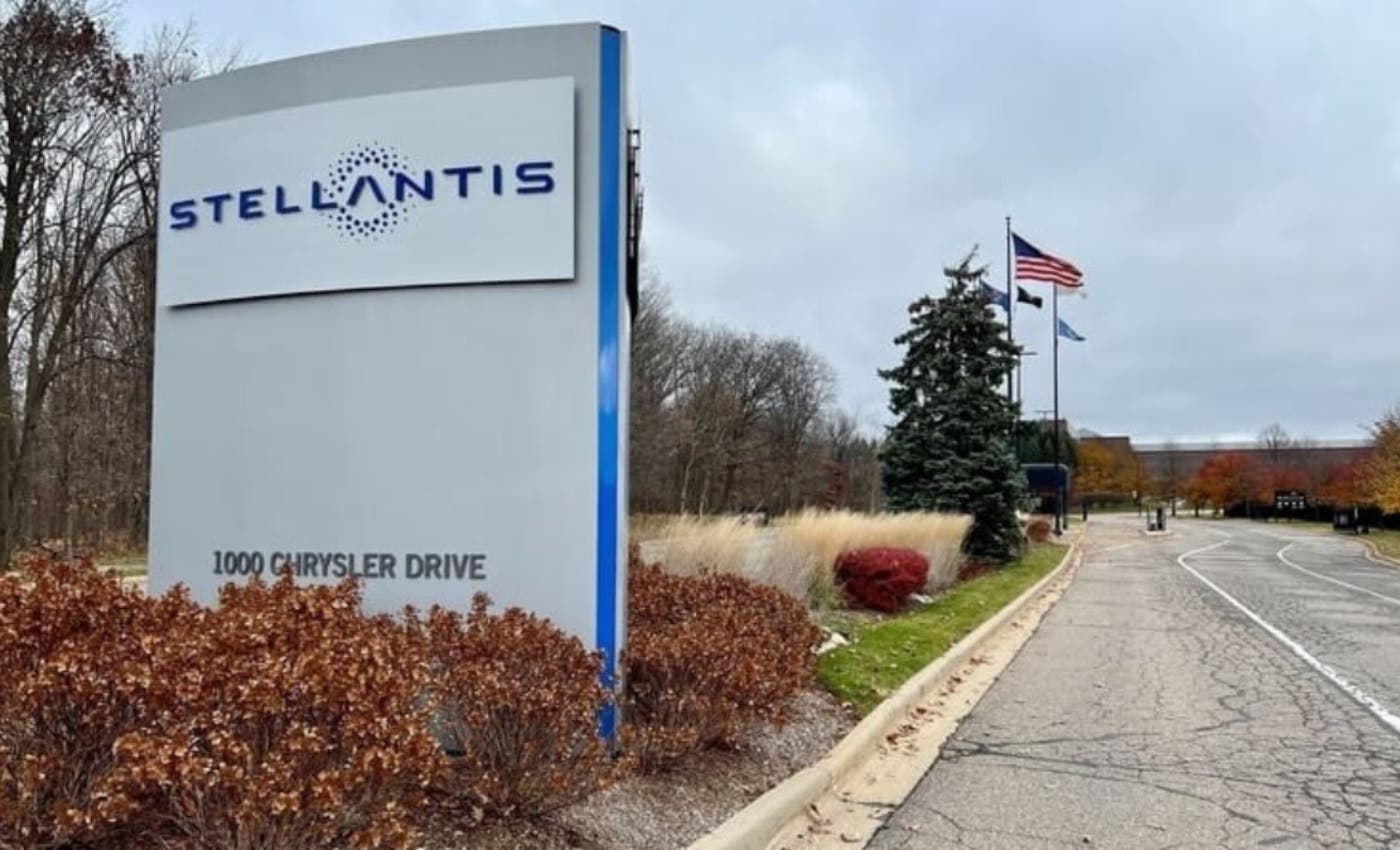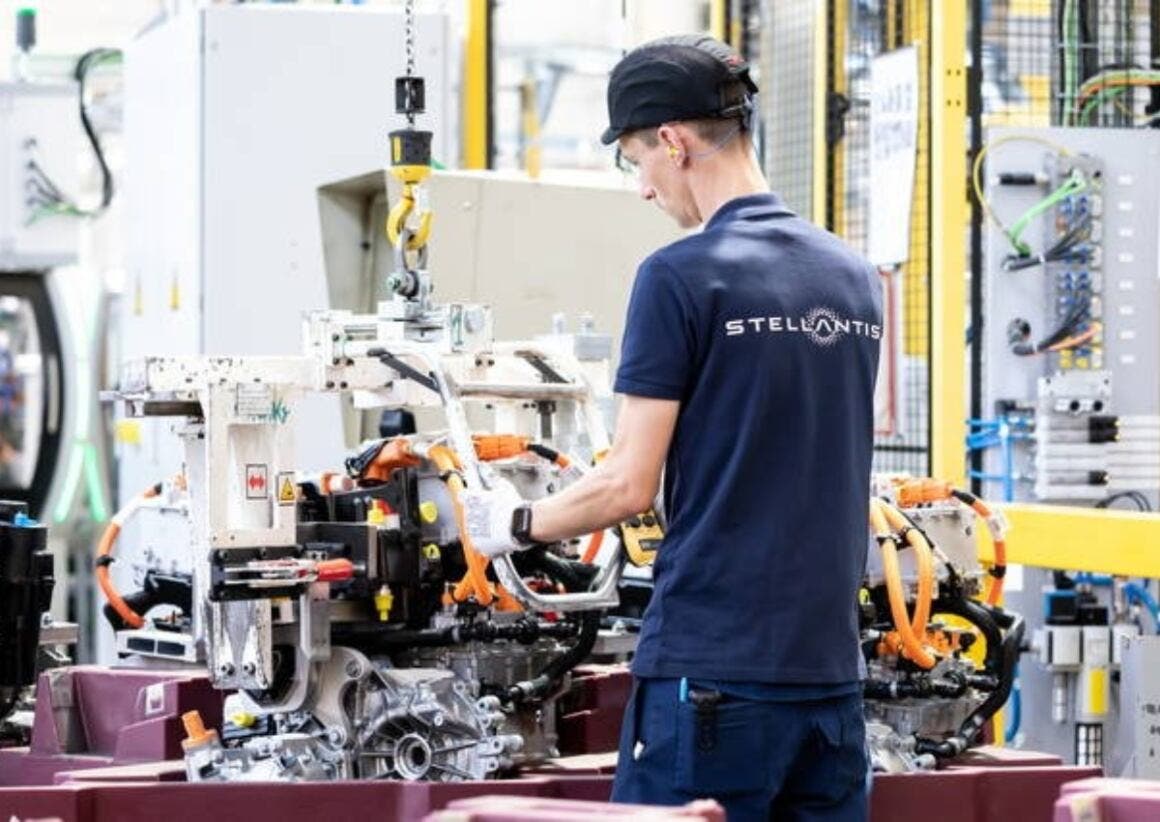Ahead of economic challenges, Stellantis is proposing voluntary exit packages to U.S. employees in an effort to pick up the slack after a difficult six-month period.
Stellantis: US employee buyouts to cut costs
To be sure, what we have been in for several years now is an increasingly difficult economic environment, which is characterized by ever-rising inflation and contracting demand for vehicles. In response to this Stellantis recently announced a new plan that aims to cut costs. This strategy, aiming to ensure the long-term sustainability of the company, therefore includes offering voluntary exit incentives for some U.S. employees.
Stellantis’ goal is to fully stabilize its labor structure as much as possible, seeking to reduce the number of employees in certain functions where deemed necessary. For this purpose, the company has opted to offer completely voluntary separation packages to specific job profiles, an offer that totally excludes employees who are represented by unions.
Employees who are affected by this measure will receive a completely personal communication in mid-August that will contain all the details about the offer, which includes a wide range of benefits. Prominent among these are certainly a severance payment that is commensurate with years of service, which, however, will be capped at 13 months for employees with more than 20 years of service with the company. There is also provision for a contribution toward health care expenses, which translates into a lump sum that would be used to cover insurance costs. They will also find early vesting of company contributions for employees who have accumulated less than three years of service. Finally, outplacement services, made available by the consulting firm Lee Hecht Harrison, will also be offered.

Restructuring forced Stellantis to meet automotive market challenges
Stellantis‘s move to reduce the company’s workforce is particularly motivated by the current automotive market trend, which poses manufacturers with increasing difficulties. Such aspects as declining sales, rising production costs, and the transition to electric mobility have forced the company to have to take fairly tough measures in order to safeguard its competitiveness.

These days, offerings of incentives for voluntary exit are a practice that is increasingly being used in this industry. Already during the past few years, Stellantis has made similar proposals to its employees, trying to emphasize the company’s willingness to want to handle exits consensually and without too many problems. While the difficulties at this time may be numerous , Stellantis nevertheless remains determined to work hard for its strategic goals. This is because the company is investing heavily in the development of electric and connected vehicles, with the goal of trying to become a leader in the sustainable mobility sector of the future.
This reorganization plan for Stellantis is a real attempt at corporate survival, without which an enormous amount of work would be jeopardized. Obviously, the exit of workers from the company could generate concerns for the future of many families, although it remains the only way for the automotive group to remain fully transparent and continue to be competitive in the market.

